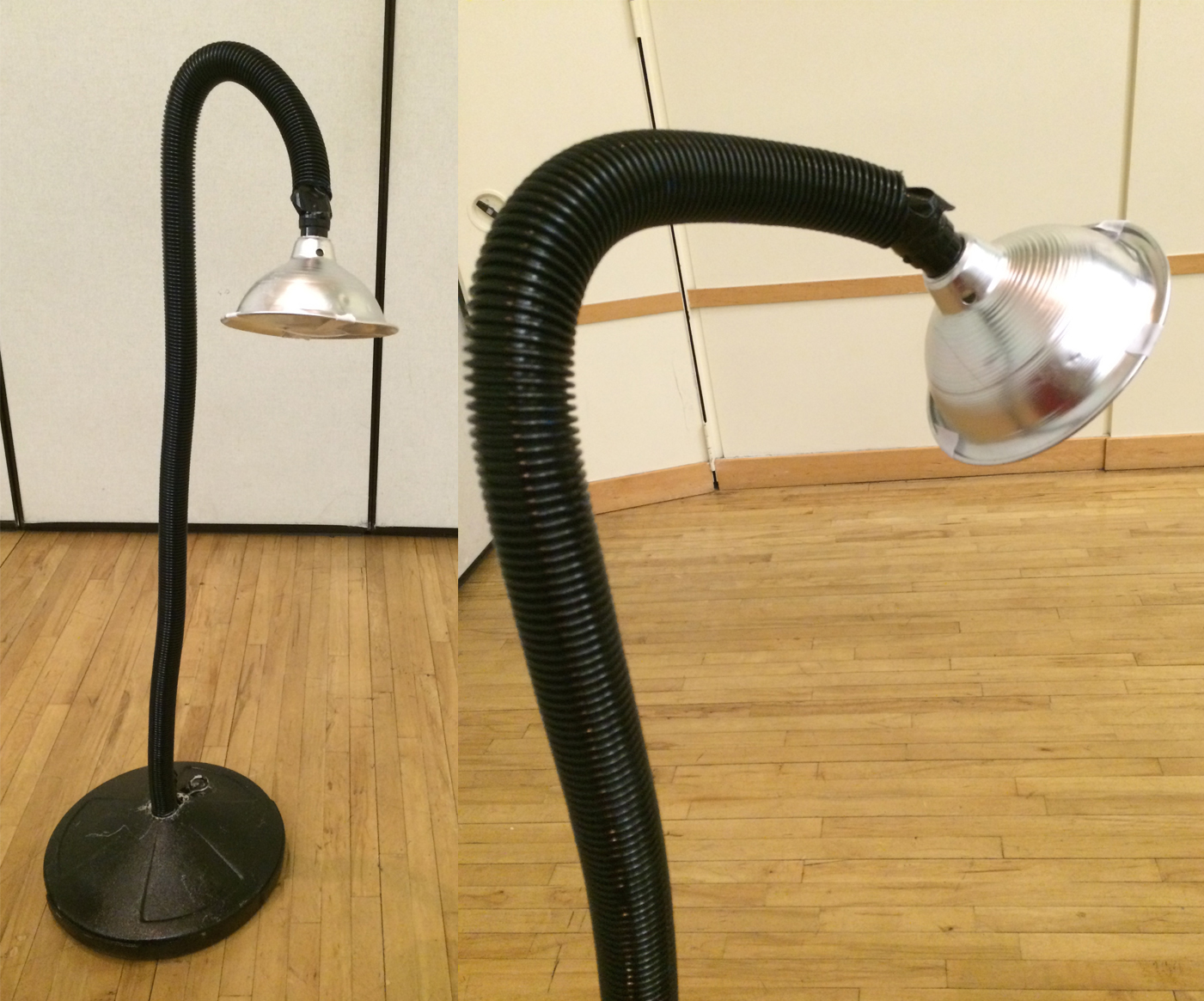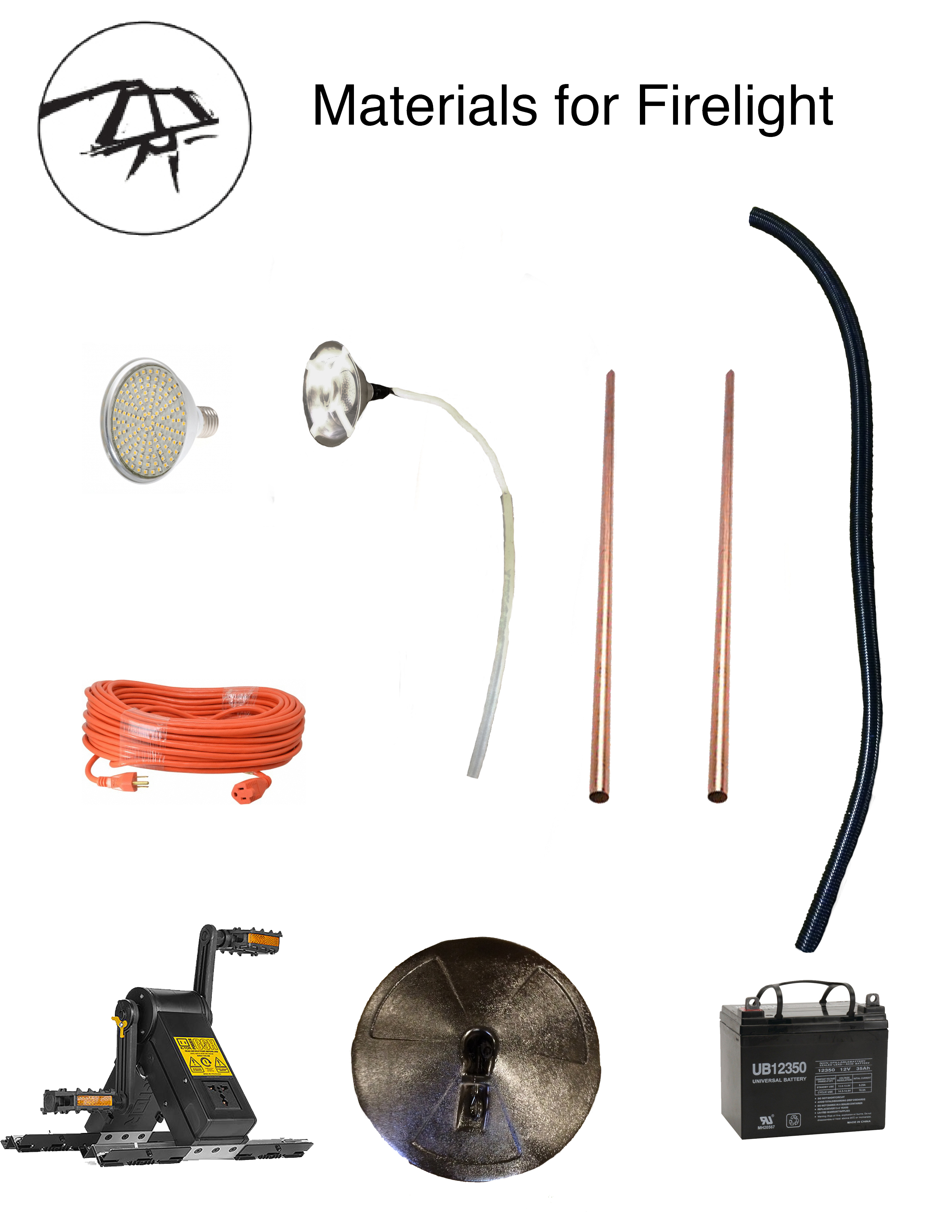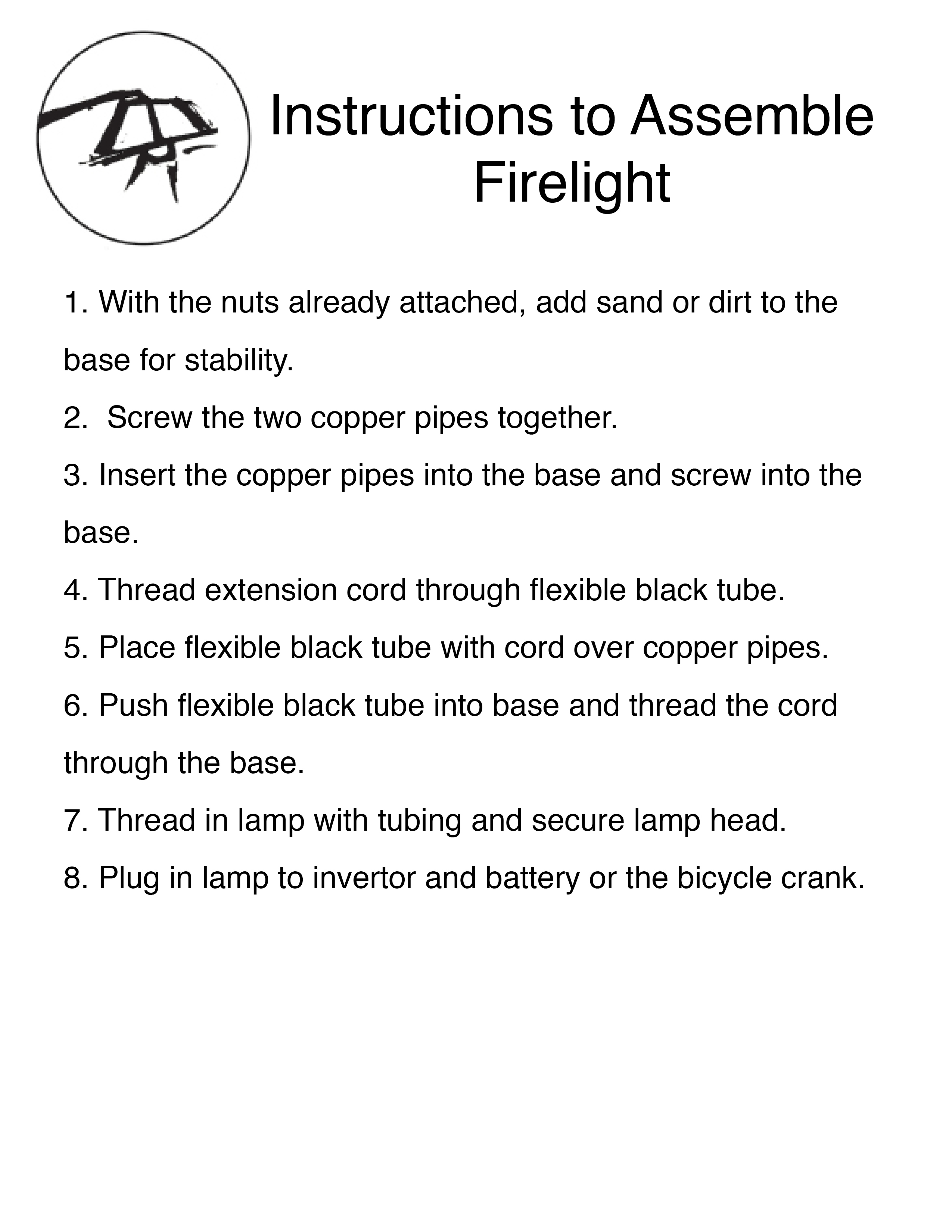The Mission: The World Health Organization challenged me and a group of Biomedical Engineers to design and build a surgical light that can operate in a low resource area.
The Challenge: Surprisingly enough, the challenge was not getting the light to function. Instead, it was finding a way for the user to obtain low cost parts. Even if the part was inexpensive to purchase, shipping it would eliminate that benefit. Therefore, we had to find a way to for the user to obtain low cost parts easily, without any sacrifice to the quality of the surgical light.
The Result:
Sponsored by the World Health Organization, Firelight is a surgical lamp intended for developing countries with little to no electricity. It is mechanically powered via bicycle crank, car battery, and electricity and designed to be low cost, portable, and easy to assemble. We achieved this by making use of locally found materials, such as tubing, pipes, and base options, and sending the only the specialized parts, such as the bicycle crank and lightbulb. Many of the materials used in firelight do not have any special requirements or sizes, therefore the user can use or reuse whatever is available to make the lamp. Additionally, because the lamp relies on multiple sources of power and uses a specialized light, it can last much longer than any of the alternatives, making it a more cost effective option.
We prototyped Firelight by using mostly recycled materials to illustrate the ease of assembly, flexibility of material choice, and the ability to adapt the lamp to the users' needs. Currently, Firelight is being reviewed by the World Health Organization for further development.
![]()
Type of materials needed:
![]()
A guide to putting together the lamp:
![]()
The Challenge: Surprisingly enough, the challenge was not getting the light to function. Instead, it was finding a way for the user to obtain low cost parts. Even if the part was inexpensive to purchase, shipping it would eliminate that benefit. Therefore, we had to find a way to for the user to obtain low cost parts easily, without any sacrifice to the quality of the surgical light.
The Result:
Sponsored by the World Health Organization, Firelight is a surgical lamp intended for developing countries with little to no electricity. It is mechanically powered via bicycle crank, car battery, and electricity and designed to be low cost, portable, and easy to assemble. We achieved this by making use of locally found materials, such as tubing, pipes, and base options, and sending the only the specialized parts, such as the bicycle crank and lightbulb. Many of the materials used in firelight do not have any special requirements or sizes, therefore the user can use or reuse whatever is available to make the lamp. Additionally, because the lamp relies on multiple sources of power and uses a specialized light, it can last much longer than any of the alternatives, making it a more cost effective option.
We prototyped Firelight by using mostly recycled materials to illustrate the ease of assembly, flexibility of material choice, and the ability to adapt the lamp to the users' needs. Currently, Firelight is being reviewed by the World Health Organization for further development.

Type of materials needed:

A guide to putting together the lamp:

